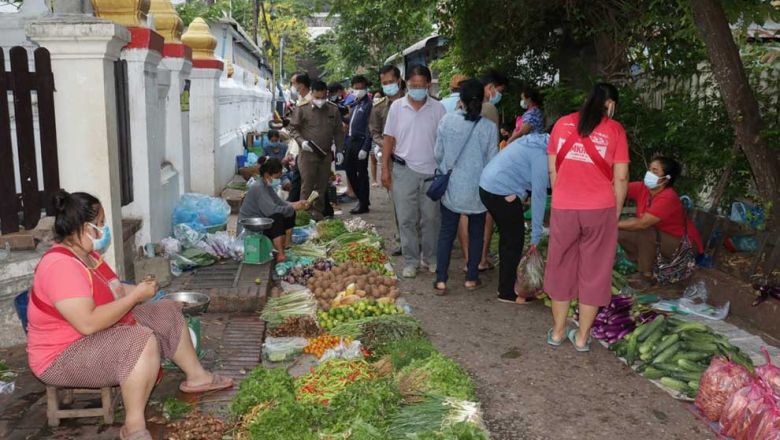Cambodia agrees agro-industrial framework
Cambodia agrees agro-industrial framework
The government has agreed to a new framework to increase the competitiveness of its agricultural sector in line with the recently launched Industrial Development Policy, state news agency AKP reported on Monday.
Key guiding principles such as building up food-processing capacity and smoothing out export logistics were agreed to at the meeting last week.
Ty Sokun, secretary of state at the Ministry of Agriculture, said that the framework would support the 10-year plan, which was launched in March this year and aims to diversify the Kingdom’s manufacturing sector.
“[The framework was prepared] to increase our competitiveness.
We have more than 4 million tonnes of paddy rice surplus but can export less than the 1 million tonnes of rice that we aimed for [this year].
That is why we need to increase our processing capacity, storage, distribution and marketing to increase the value added of our agriculture products,” he said.
Several ministries are now preparing frameworks to support the IDP, Sokun said, and that when it came to the agro-industrial supply chain, the framework will try to increase productivity, as well as diversify the country’s agricultural products.
Deputy Prime Minister Keat Chhon was quoted by AKP as saying that Cambodia has “huge potential” in the agricultural industry, which is among the government’s top five priority sectors.
According to a report from a meeting at the Council of Ministers, the government aims for agribusiness to make up 30 per cent of GDP by 2025, up from 24 per cent in 2013, while manufacturing is expected to increase to 20 per cent of GDP by then, up from 15.5 per cent in 2013.
In an attempt to wean the country off its reliance on cheap garment production, exports of processed food and all other non-textile products are expected to make up 12 and 15 per cent of total exports by 2025 respectively.
Independent economist Srey Chanthy welcomed the government’s new framework, but said more focus should be put on the basics in agriculture, like irrigation and farming techniques.
“Its effectiveness may be lacking on the production side of the coin, as dealing with farmers and producers seem to be overlooked,” he said.
“[Nevertheless,] it will add value to the agricultural sector, create jobs, promote economic growth, and if properly implemented, it could contribute to faster reduction in rural poverty and slow down rural-urban and overseas migration.”















